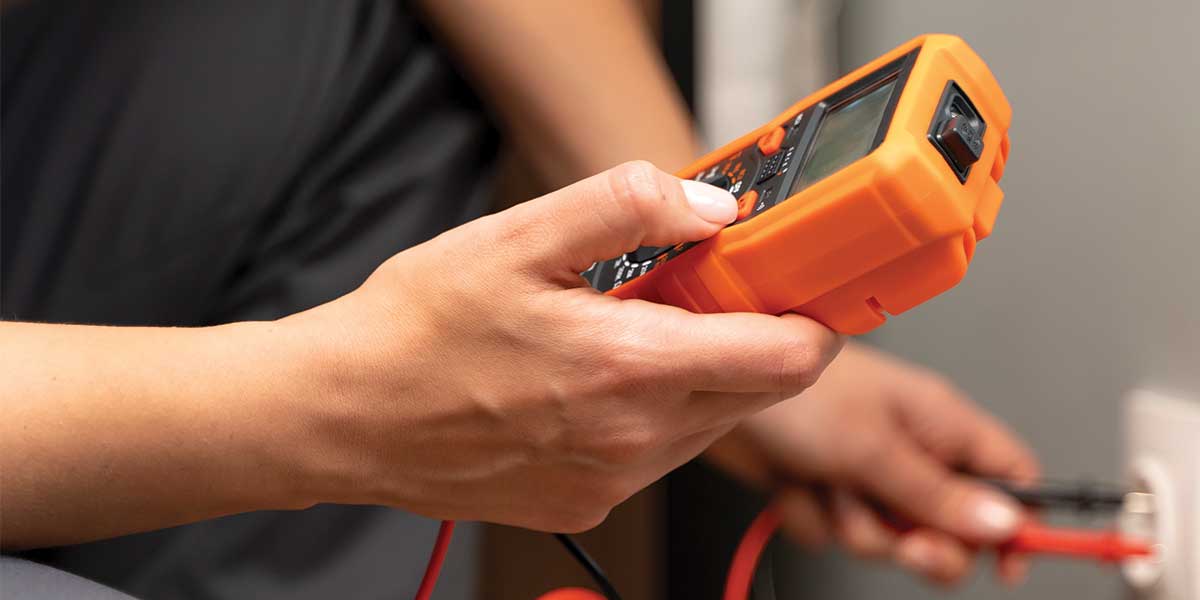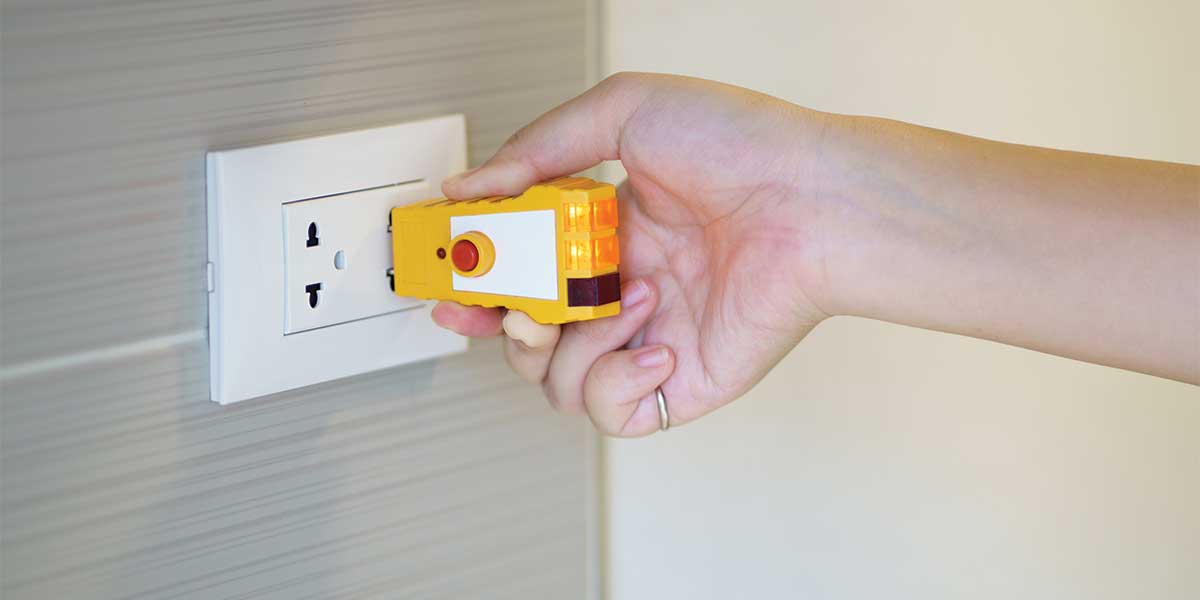Electricity is indispensable in our modern lives. It powers our homes, keeps us comfortable, and enables the use of everyday appliances and technology. But with this convenience comes a crucial responsibility: ensuring indoor electrical safety. That’s where an Indoor Electrical Safety Checklist becomes essential.
Neglecting electrical safety can lead to dangerous outcomes, including electrical shocks, fires, and property damage. Whether you’re a homeowner or a tenant, performing regular safety checks is one of the smartest things you can do to protect your loved ones and your property.
This comprehensive guide walks you through an in-depth Indoor Electrical Safety Checklist, along with expert advice, tips, and FAQs to help you maintain a safe and efficient home.
Why Indoor Electrical Safety Matters
Electricity is a silent workhorse. It lights up our homes, cooks our food, powers our gadgets, and keeps heating and cooling systems running year-round. But behind those switches, sockets, and walls lies a complex electrical network that requires regular maintenance.
Poor electrical setups or overlooked warning signs can result in:
-
Fires caused by overheated wiring
-
Electric shocks from faulty components
-
Overloaded circuits
-
Increased utility bills due to energy inefficiency
-
Reduced appliance lifespan
According to the Electrical Safety Foundation International (ESFI), home electrical fires cause an estimated 51,000 fires each year, resulting in nearly 500 deaths and over $1.3 billion in property damage.

The Ultimate Indoor Electrical Safety Checklist
1. Inspect Circuit Breakers and Fuses
Frequent breaker trips are not normal and usually signal an overload or a short circuit. Resetting the breaker may restore power temporarily, but the underlying issue must be addressed.
Action Step: Label all circuit breakers and track which areas they control. If a breaker trips more than once a month, contact a licensed electrician.
2. Examine All Outlets and Switches
Discoloration, buzzing sounds, loose components, or warmth around outlets or switches indicate internal problems. These are often signs of arcing or overheating.
Action Step: Replace damaged or outdated outlets and switches. If unsure, consult a professional electrician.
3. Avoid Overloading Power Strips and Extension Cords
Using too many devices on a single extension cord or power strip can lead to overheating and fire hazards. Extension cords are not designed for permanent use.
Action Step: Use extension cords temporarily and avoid connecting multiple strips together. Opt for power strips with built-in surge protection.
4. Unplug Appliances When Not in Use
Appliances that remain plugged in draw phantom power even when turned off. This can lead to unnecessary energy use and increase the risk of electrical fires.
Action Step: Make it a habit to unplug devices like coffee makers, space heaters, and power tools when not actively in use.
5. Check Light Bulb Wattage
Using a bulb with a wattage higher than the fixture recommends can cause overheating and potentially melt the socket or wiring.
Action Step: Check the manufacturer’s specifications and use appropriate wattage bulbs. Replace outdated incandescent bulbs with energy-efficient LEDs.
6. Test GFCI Outlets Regularly
GFCI (Ground Fault Circuit Interrupter) outlets are designed to protect users from electrical shock, especially in wet areas like bathrooms, kitchens, and basements.
Action Step: Press the “Test” button on the outlet, then press “Reset.” If the outlet does not shut off during the test or fails to reset, it must be replaced.
7. Address Flickering or Dimming Lights
If lights flicker without explanation or dim when using other devices, it could be a sign of wiring problems or an overloaded circuit.
Action Step: After ruling out bulb issues, have an electrician inspect the affected circuits or wiring.
8. Feel for Warm or Buzzing Outlets
Warmth or buzzing from an outlet means that energy is escaping or wires are arcing. This is a major fire hazard and should not be ignored.
Action Step: Stop using the outlet immediately and have it inspected by a licensed electrician.
9. Inspect Appliance Cords and Plugs
Cracked, frayed, or damaged cords are an obvious safety risk. Plugs that don’t fit snugly in outlets should also be addressed.
Action Step: Replace cords or entire appliances as needed. Do not use tape or glue to fix exposed wires.
10. Keep Electrical Panels Accessible
Your circuit breaker or electrical panel must always be accessible in case of an emergency.
Action Step: Keep the area around the electrical panel clear of furniture, boxes, and stored items.
11. Use Child Safety Covers
For homes with toddlers or young children, exposed outlets pose serious risks. Small fingers and objects can be easily inserted.
Action Step: Use tamper-resistant receptacles or insert plastic safety plugs in unused outlets.
12. Schedule Annual Electrical Inspections
Even if your system seems fine, an annual inspection can uncover hidden issues before they become dangerous or expensive.
Action Step: Schedule a yearly inspection with licensed professionals like Expert Electric to ensure everything is safe and up to code.

Additional Home Electrical Safety Tips
-
Install Smoke and CO Detectors: Install alarms in bedrooms, hallways, and near major appliances. Test monthly and replace batteries every six months. Learn more from the National Fire Protection Association (NFPA).
-
Understand Your Electrical Load: Know how much electricity your home uses. Upgrade panels or circuits if necessary.
-
Avoid Water Contact: Never use electrical appliances or devices near water sources unless they are designed for such use.
Frequently Asked Questions
What should I do if I see sparks from an outlet?
Stop using the outlet immediately. Unplug any devices and do not attempt to repair it yourself. Call a licensed electrician to inspect the circuit.
How often should I test GFCI outlets?
Test GFCI outlets at least once a month to ensure they function properly and provide necessary protection from electrical shock.
Is it okay to use extension cords permanently?
No. Extension cords are meant for temporary use. For permanent solutions, install additional outlets.
Are fuses still safe to use?
Fuses are outdated and require replacement after each overload. Modern breaker panels are safer and more convenient. Consider upgrading your system.
When should I hire an electrician?
Hire a professional if you experience any of the following:
Repeated breaker trips
Flickering lights
Buzzing sounds from outlets
Warm or discolored switches
Burning smells
Final Thought
Electrical safety isn’t something to overlook. It is a vital part of home maintenance. Following this Indoor Electrical Safety Checklist can help you prevent accidents, reduce the risk of fires, and ensure the longevity of your home’s electrical systems.
While routine checks are essential, the safest approach always includes professional inspection and maintenance. Don’t take risks when it comes to electricity. Stay vigilant, stay informed, and stay safe.
Contact Expert Electric
When it comes to keeping your home safe, Expert Electric is here to help. From full inspections to repairs and upgrades, our licensed electricians deliver exceptional service with attention to detail.
Call Expert Electric at 604 681 8338 to book your inspection or service appointment. Let us help you protect what matters most, your home and your family.
Why choose Expert Electric
Over 25 years of experience
Licensed and insured professionals
24/7 emergency services
Transparent pricing and honest assessments
Your journey to a safer, smarter, and more efficient home starts with one call to Expert Electric. Book now and enjoy peace of mind knowing your indoor electrical safety is in expert hands.


